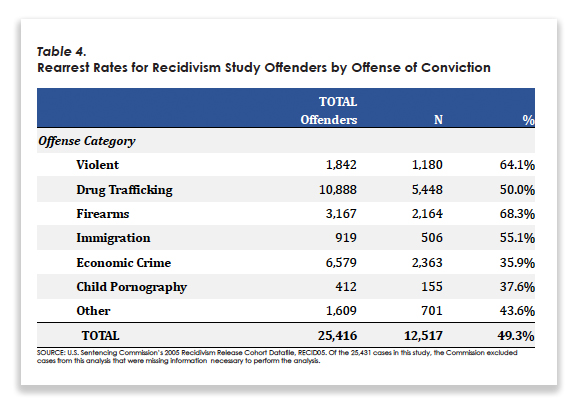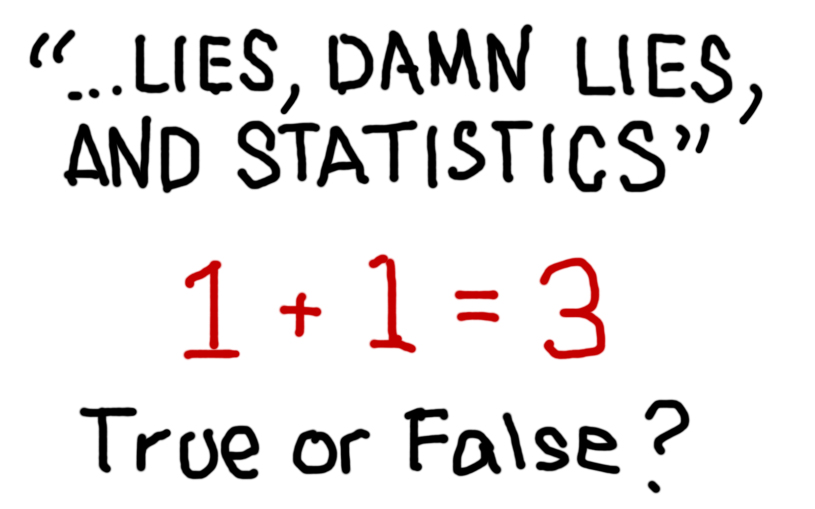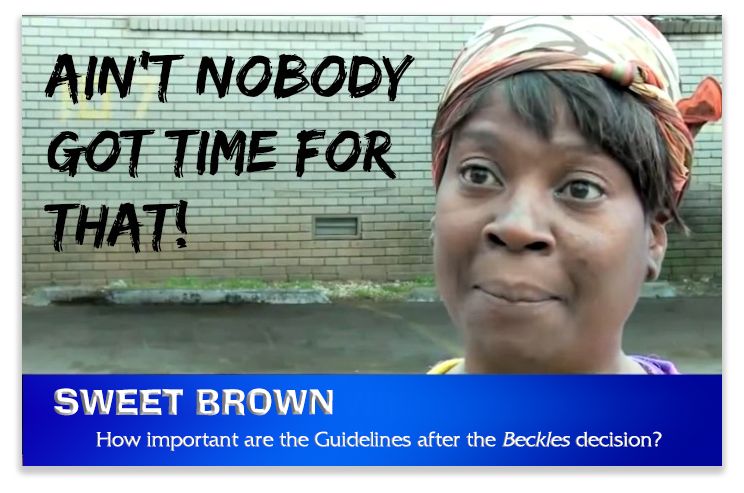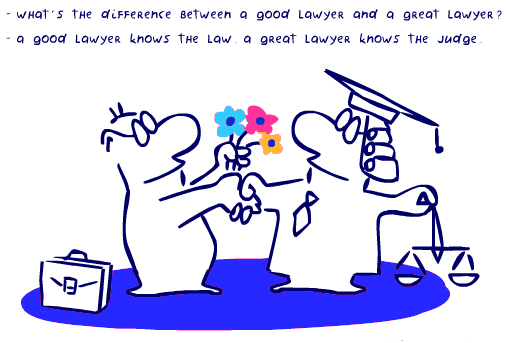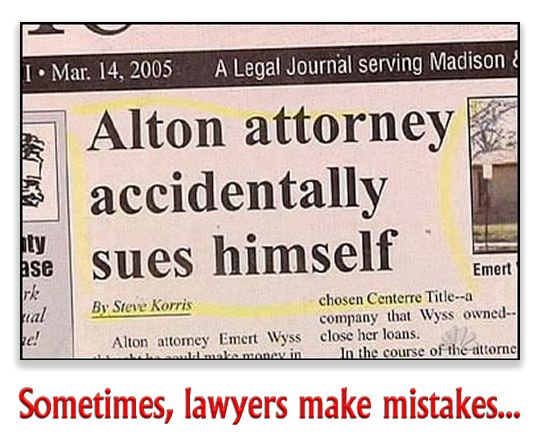We post news and comment on federal criminal justice issues, focused primarily on trial and post-conviction matters, legislative initiatives, and sentencing issues.
BALL OF CONFUSION
The federal criminal justice system has adopted rituals as byzantine as a medieval exorcism to ensure that defendant’s guilty pleas are “knowingly, voluntarily and intelligently” made. And who can complain about that? Federal Criminal Rule 11 contains a laundry list of items a court must discuss with a defendant to make certain he or she understands all of he ramifications of a plea of guilty.
 To the shell-shocked defendant entering a plea of guilty, the entire proceeding passes as a jumble of nerves, rote answers and head-pounding legalese from judges and lawyers. That’s too bad, too, because by and large the defendant is later held to have perfectly digested everything said and to have meant every word he or she uttered in return.
To the shell-shocked defendant entering a plea of guilty, the entire proceeding passes as a jumble of nerves, rote answers and head-pounding legalese from judges and lawyers. That’s too bad, too, because by and large the defendant is later held to have perfectly digested everything said and to have meant every word he or she uttered in return.
That’s probably the way it should be, because no system could survive that made it too easy to withdraw a guilty plea after the fact. But that is not to obscure that – out of the 97.3% guilty-plea rate in the federal system – a good number of defendants go through whatever gyrations their lawyers tell them to perform during a guilty plea hearing, and only realize the finality of what they mindlessly agreed to after the fact.
For that reason, a case like United States v. Johnson, decided this week by the 2nd Circuit, is a breath of fresh air.
To believe the Feds, Cal Johnson was a bad dude, selling all manner of drugs and keeping guns in a nightclub he ran in the southern tier of New York State. The police found a gun behind the jukebox, and Cal was charged as a felon-in-possession and for drug distribution. In federal drug crimes, if the government alleges two prior drug convictions, the defendant’s sentence can be dramatically increased. Cal had two 20-year old drug beefs when he was arrested in 2012. They may have been committed when George H.W. Bush was president, but that didn’t matter: they weren’t too old to jack his mandatory minimum sentence to life.
 For reasons that baffled the Court of Appeals (and us), Johnson pled guilty without a plea agreement. At his change-of-plea hearing, the government explained that “the possible maximum penalty is life imprisonment” and that “the mandatory minimum pursuant to statute is life imprisonment.” The prosecutor also noted that “there’s a supervised release term required of at least ten years”; that “if there’s any violation of the terms of supervised release, the Court would have the power to add an additional five years of imprisonment for any violation thereof”; that the second count had a “possible maximum sentence” of ten years with “no mandatory minimum required”; and that, with respect to both counts, “in addition to these possible maximum penalties,” Cal would lose certain rights, including the right to vote, to possess a firearm, to hold certain public offices, and to obtain certain licenses.
For reasons that baffled the Court of Appeals (and us), Johnson pled guilty without a plea agreement. At his change-of-plea hearing, the government explained that “the possible maximum penalty is life imprisonment” and that “the mandatory minimum pursuant to statute is life imprisonment.” The prosecutor also noted that “there’s a supervised release term required of at least ten years”; that “if there’s any violation of the terms of supervised release, the Court would have the power to add an additional five years of imprisonment for any violation thereof”; that the second count had a “possible maximum sentence” of ten years with “no mandatory minimum required”; and that, with respect to both counts, “in addition to these possible maximum penalties,” Cal would lose certain rights, including the right to vote, to possess a firearm, to hold certain public offices, and to obtain certain licenses.
The district judge then told Cal about the guidelines. The judge “described one calculation with the result that “the guidelines range is 30 to life,” another that is also “30 to life,” another that “would be 262 to 327 months,” another that “would be 151 to 188 months,” another that “is 108 to 135 months” and one that is “188 to 235 months.” He then added: All of the guideline provisions I’ve just described are nevertheless trumped by the fact that the statutory mandatory minimum is a life term under Section 21 U.S.C. 841(b)(1)(A) and as I indicated that is the statutory mandatory minimum in this case when I indicated the possible penalties under count one. So the Guidelines are trumped by that statutory mandatory minimum.”
Finally, the judge asked Cal’s lawyer if he knew any reason why Johnson should not plead guilty. Defense counsel said no. The judge accepted Cal’s plea.
A few months before sentencing, however, Cal wrote to the judge saying he wanted to withdraw his guilty plea, because
my plea was not made knowingly or voluntary. I was mislead and ineffectively assisted by my attorney into believing that your Honor could sentence me to a sentence lower than the statutory sentence provided in Section 841(b)(1)(a) of the sentencing codes.
During my plea allocution you stated that you had the power to go above, below, or even outside the guidelines depending on the laws at the time of my sentencing. I misunderstood you to mean you could sentence outside of the statutory sentences as well.
Without being lead to believe this by my attorney I would never have plead guilty to charges that sentence me to a mandatory term of life in prison.
The district court told Cal that it was his tough luck: the life sentence was mentioned during the change-of-plea. He should have paid better attention.
 Last Tuesday, the 2nd Circuit disagreed. Certainly, Cal was told about the life sentence. The problem is that he was told too much. With all the jibber-jabber about statutory maximum sentences, statutory minimum sentences, applicable guidelines and supervised release after incarceration ended, Cal had been so bombarded with data that he was worse off than if he had no information at all. The Court said that “the baffling complexity of the prosecutor’s account did, however, render serious the failure by the court to confirm that Johnson understood the sentence that his guilty plea entailed. Johnson says that he was confused, and it is easy to see how that might be. Johnson was not trained in the law.”
Last Tuesday, the 2nd Circuit disagreed. Certainly, Cal was told about the life sentence. The problem is that he was told too much. With all the jibber-jabber about statutory maximum sentences, statutory minimum sentences, applicable guidelines and supervised release after incarceration ended, Cal had been so bombarded with data that he was worse off than if he had no information at all. The Court said that “the baffling complexity of the prosecutor’s account did, however, render serious the failure by the court to confirm that Johnson understood the sentence that his guilty plea entailed. Johnson says that he was confused, and it is easy to see how that might be. Johnson was not trained in the law.”
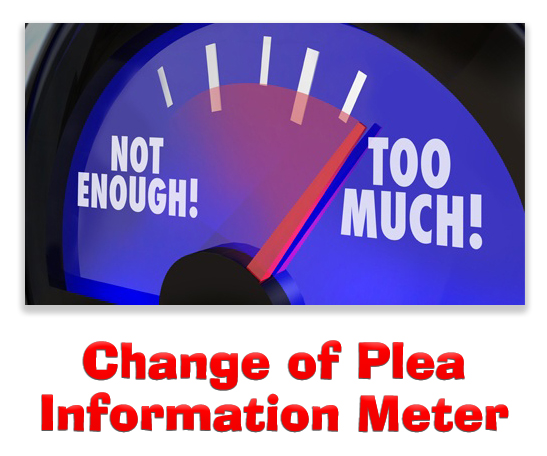 The matter that most concerned the 2nd Circuit was especially noteworthy, because all too often, we see it ignored by courts facing this kind of issue. The Circuit complained that his lawyer’s statement that he saw no reason for his client not to enter a plea was utter nonsense. “The most significant fact for Johnson at his plea hearing—a fact that he had to understand for his plea to be voluntary, knowing, and intelligent—was that life imprisonment was the certain consequence of pleading guilty. This was not merely a potential sentence, or one possible maximum among other possibilities, but his certain and inevitable sentence upon conviction. By pleading guilty, he was effectively sentencing himself to spend the rest of his life in prison; yet this fact was not conspicuous at his plea hearing, which included discussion of many other “possible” (though actually impossible) sentences and robotic references to (inapplicable) calculations and judicial discretion.”
The matter that most concerned the 2nd Circuit was especially noteworthy, because all too often, we see it ignored by courts facing this kind of issue. The Circuit complained that his lawyer’s statement that he saw no reason for his client not to enter a plea was utter nonsense. “The most significant fact for Johnson at his plea hearing—a fact that he had to understand for his plea to be voluntary, knowing, and intelligent—was that life imprisonment was the certain consequence of pleading guilty. This was not merely a potential sentence, or one possible maximum among other possibilities, but his certain and inevitable sentence upon conviction. By pleading guilty, he was effectively sentencing himself to spend the rest of his life in prison; yet this fact was not conspicuous at his plea hearing, which included discussion of many other “possible” (though actually impossible) sentences and robotic references to (inapplicable) calculations and judicial discretion.”
Johnson’s plea gained him absolutely nothing. The Court expressed wonderment that “Johnson—in the midst of trial preparation—would knowingly elect to plead when a plea could yield no discount from the worst that could happen at trial.”
Johnson’s plea was withdrawn, and the case was sent back to the district court for trial.
United States v. Johnson, Case No. 15-3498 (2nd Cir., Mar. 14, 2017)
– Thomas L. Root











